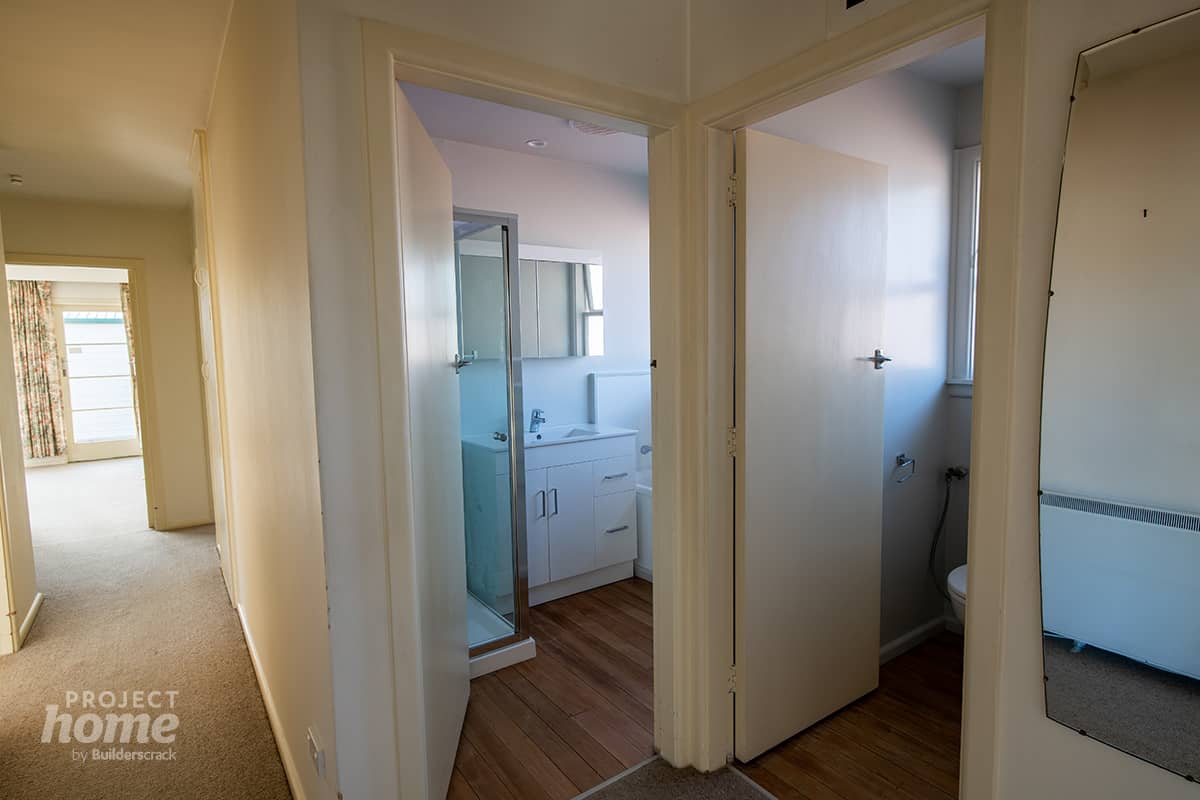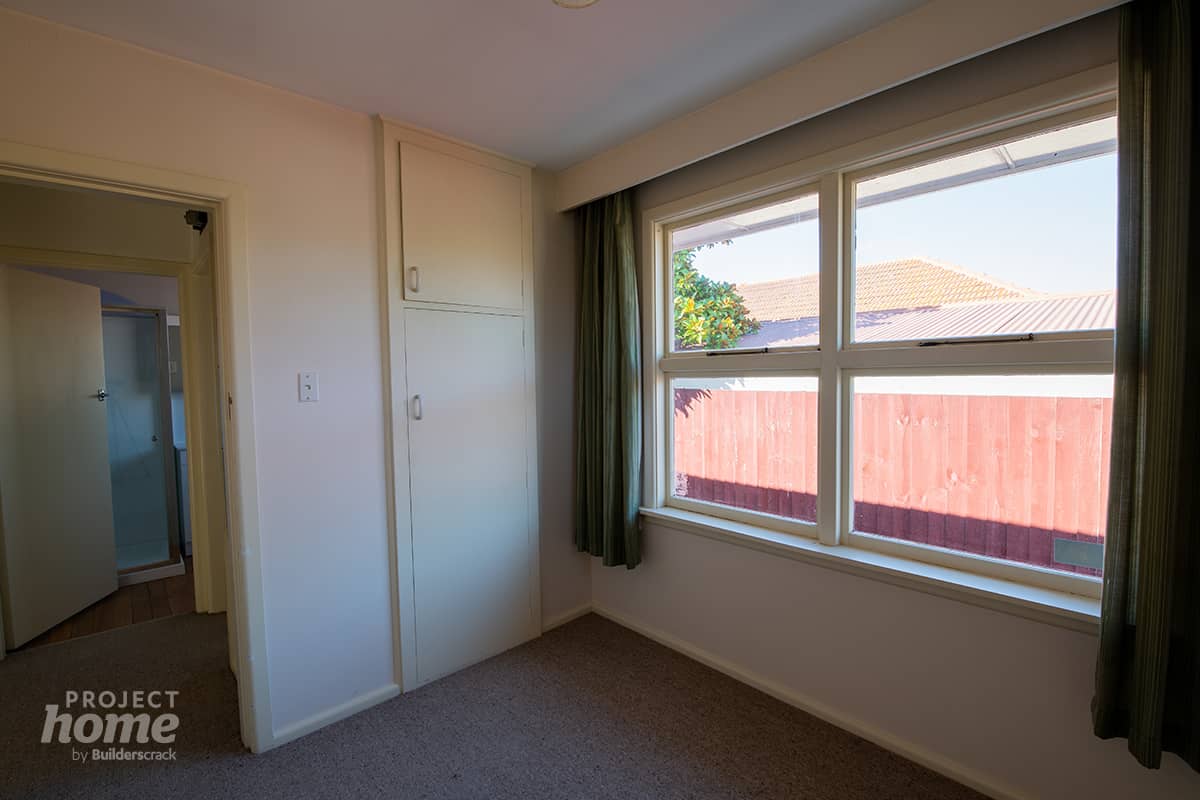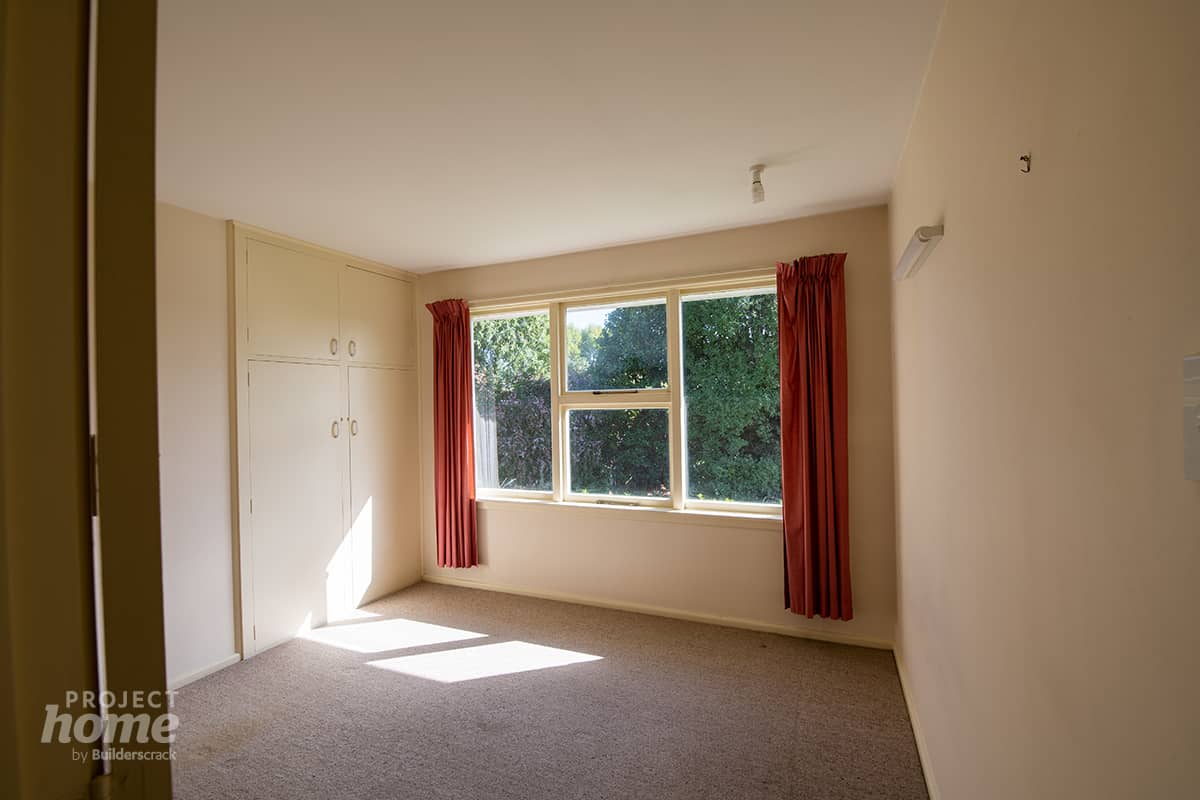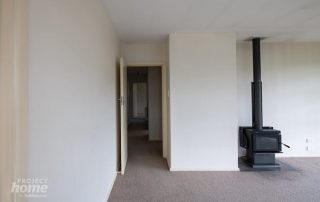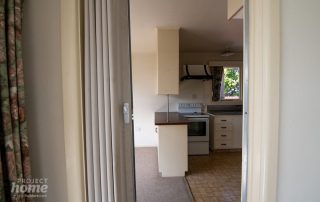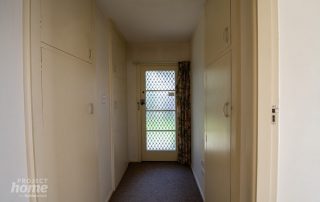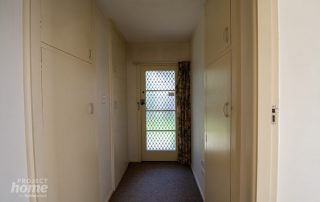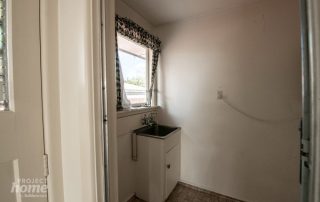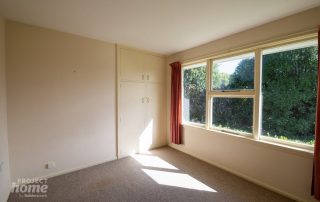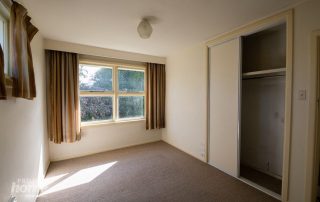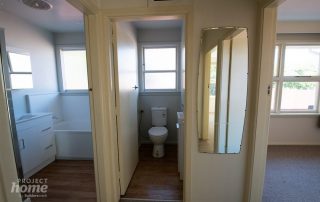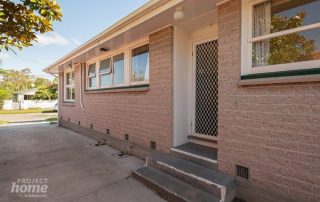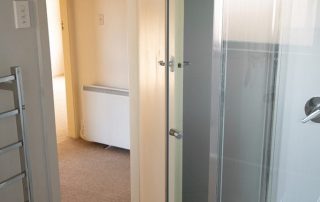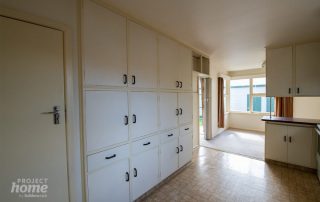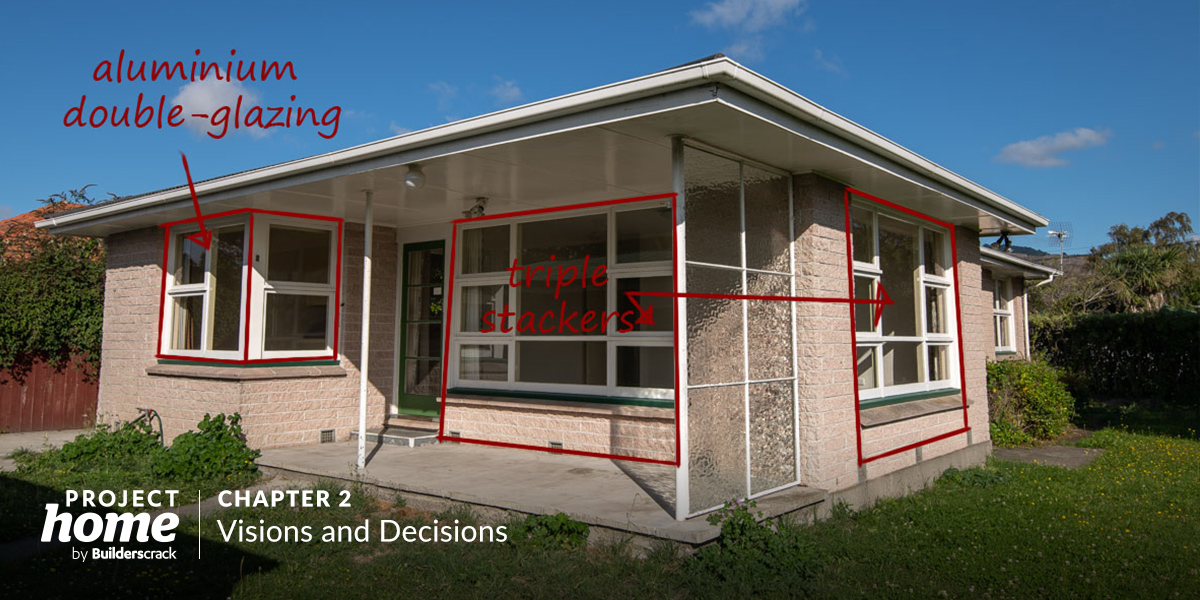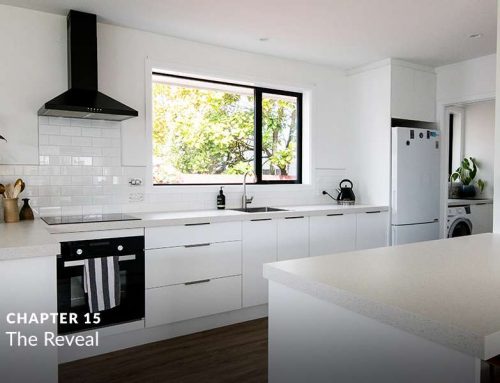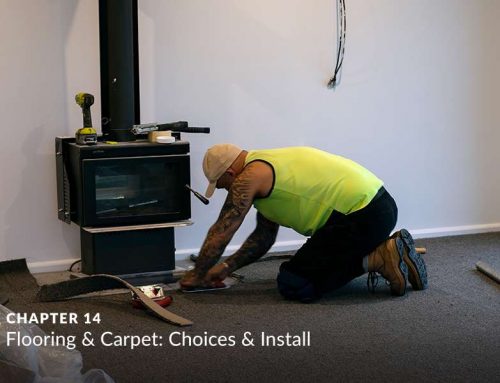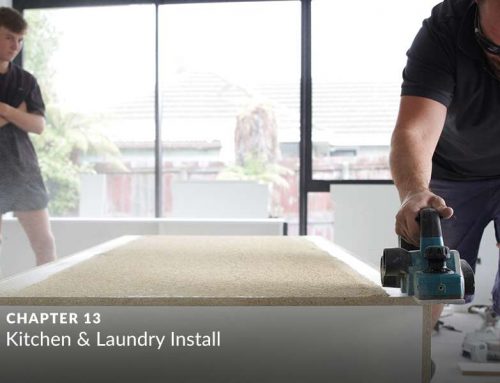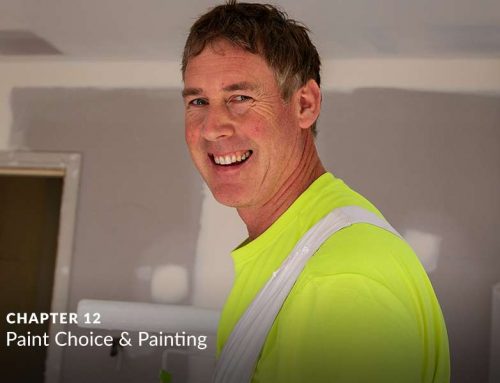In this series, we follow a Christchurch couple in their bid to turn their 1960’s fixer-upper, from a retro rental to a modern home.
If you’ve ever considered buying an older home but have lacked the confidence to tackle something totally outdated, this guide is for you. It’s a whole lot of fun, and not as hard (or anywhere near as risky) as you might imagine.
We show you that you CAN turn a good house into a showstopper home. A home that suits your needs and aesthetic, without compromising on quality and cost.
Not just-another home renovation story, get the complete, uncut insight on every single step. At the end of each instalment will be a set of takeaway lessons our couple learned – so you can be armed with real-life, practical knowledge when undertaking your own reno, whether large or small.
Our week-by-week look into all the ins and outs of the process of a home reno, is your ultimate guide to planning and executing a home renovation.
Who are Jeremy and Alana?
Alana and Jeremy returned to Christchurch with their dog Lowry after five years on a lifestyle block 1½ hours north of the city.
What were you looking for?
Jeremy and Alana regularly work from home, so needed office space – preferably detached. Jeremy also wanted a workshop to work on all things two-wheeled, which he loves almost as much as riding them. North facing was critical too, for all-day sun. And, with a baby on the way, they wanted somewhere they could feel settled.
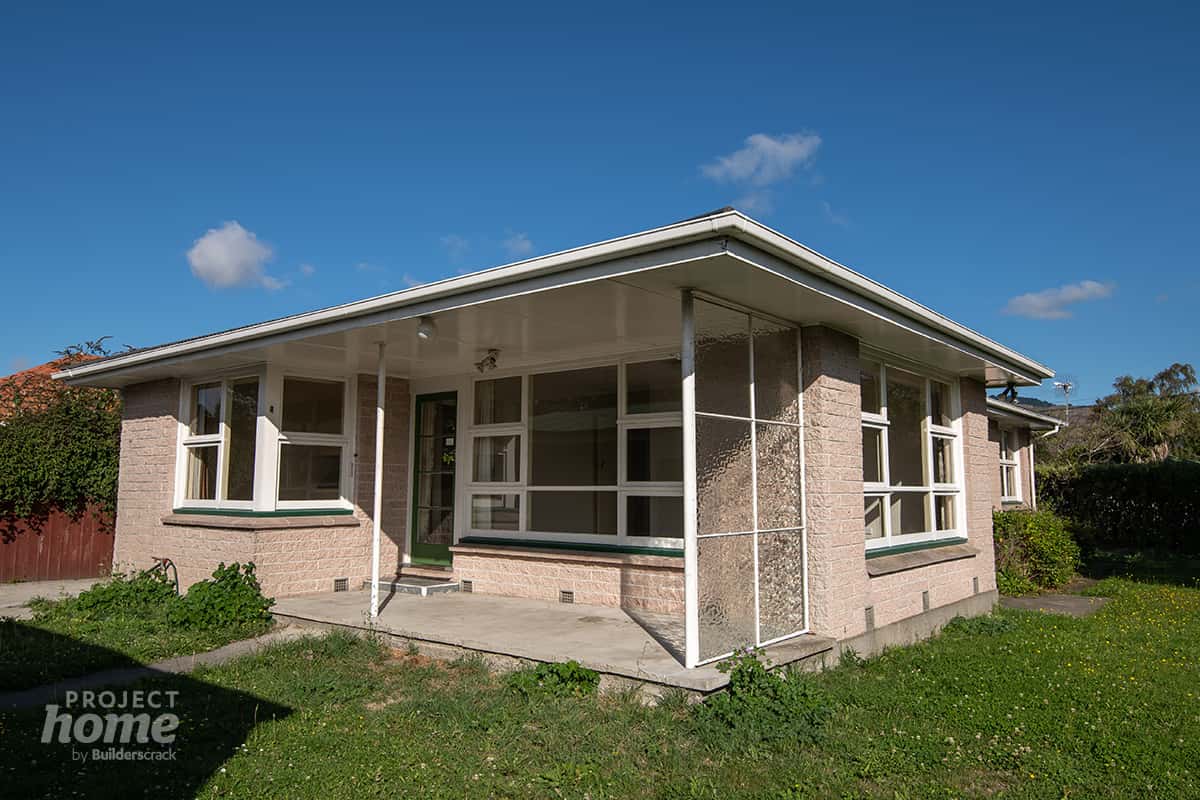
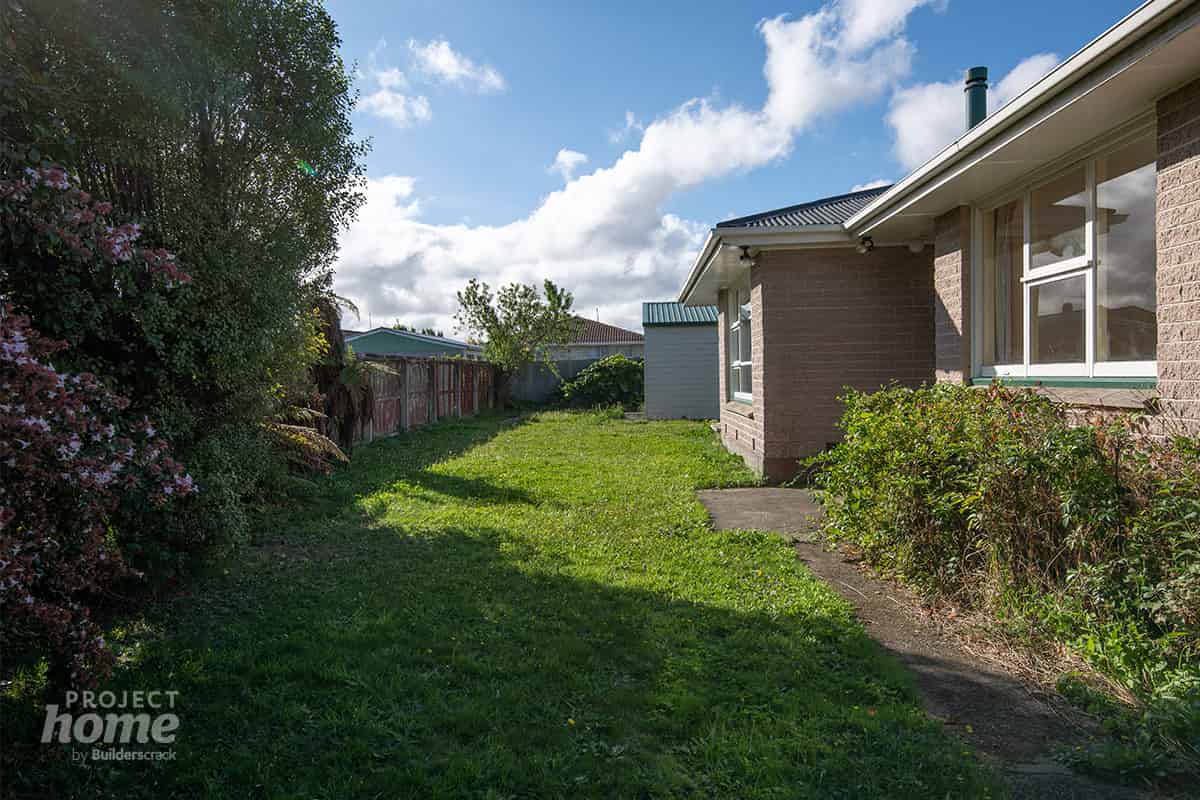


When looking at potential homes, what were the criteria?
As well as wanting to stick to their budget and location, they had several criteria to meet before they even considered making an offer. To avoid potential complications they wanted a house with low flood risk, no signs of moisture in the roof space or walls, no damage to the foundations, level floors & plumb walls within reason, no asbestos issues and no long term pipework leaks. In post-earthquake Christchurch, even six years on, this was a huge ask.
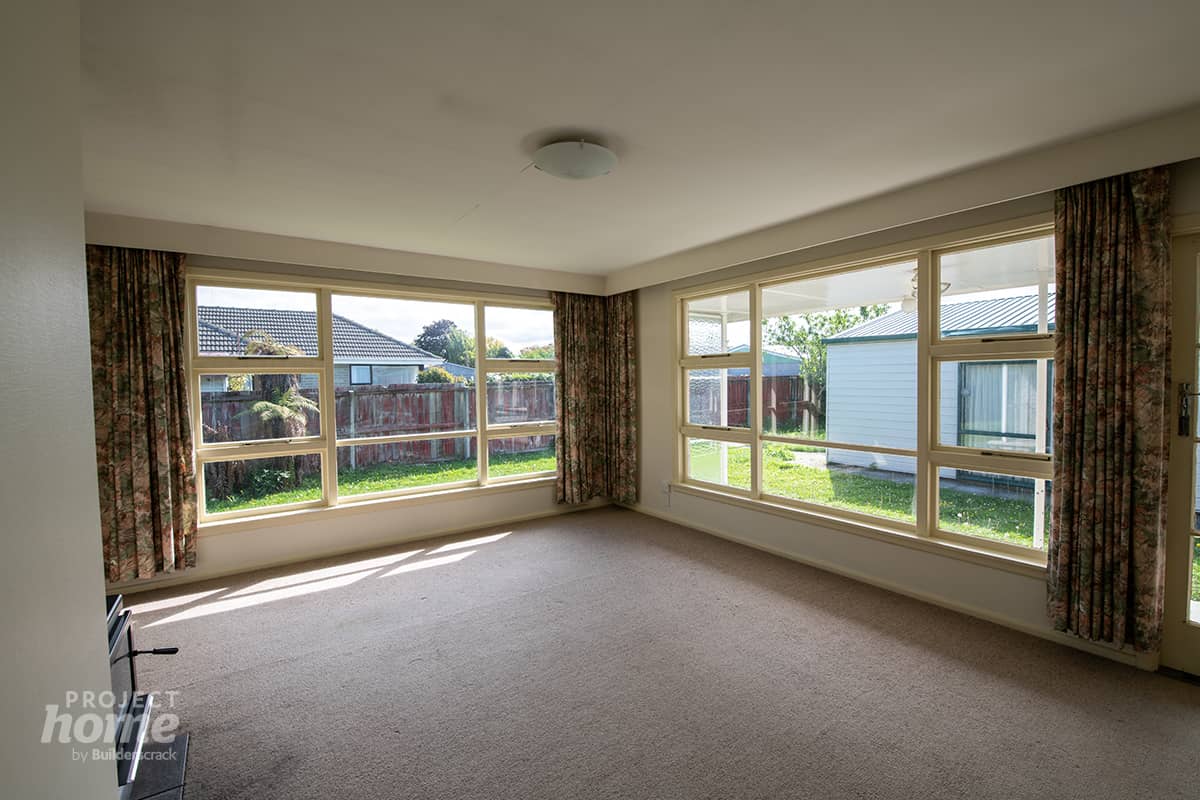
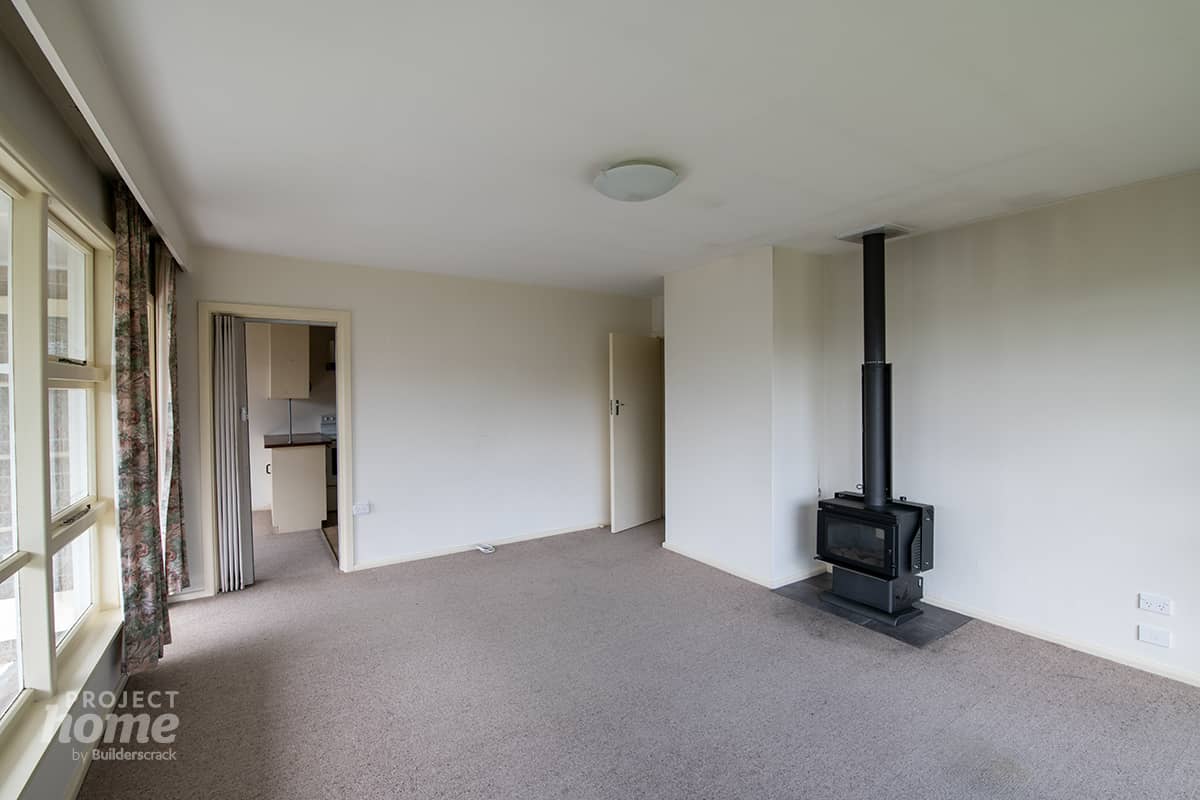
What was your budget and how did that effect how you searched?
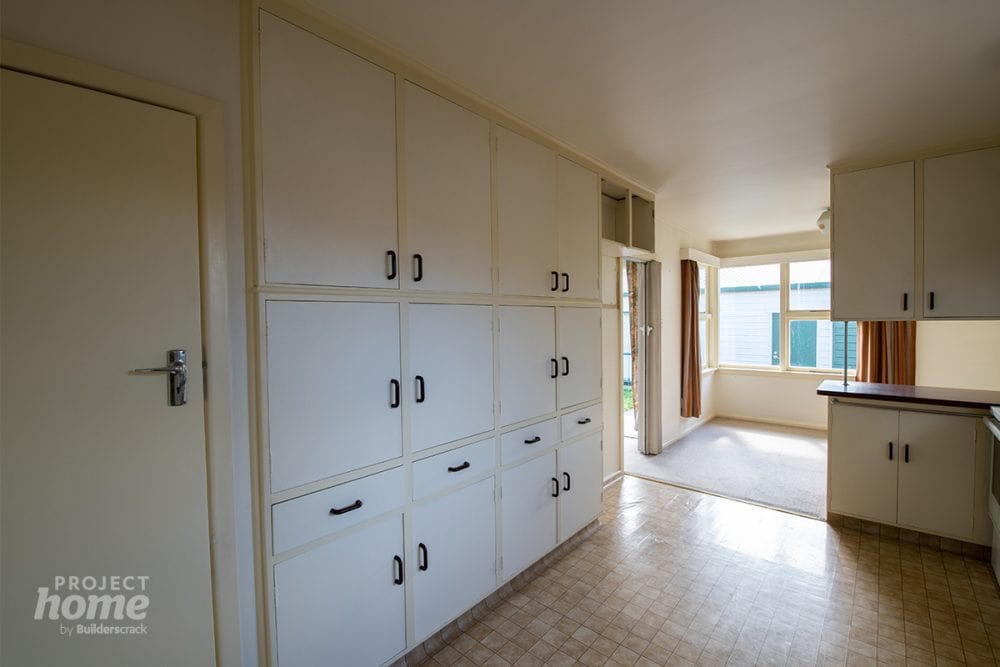
How did you find and purchase this house?
